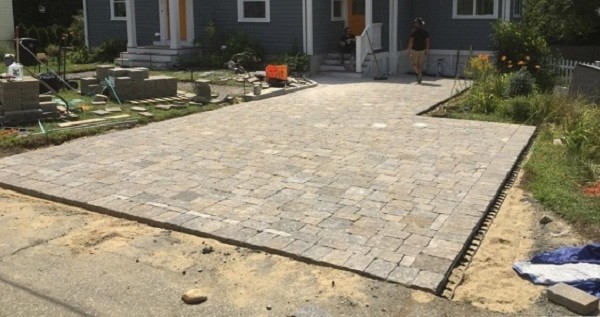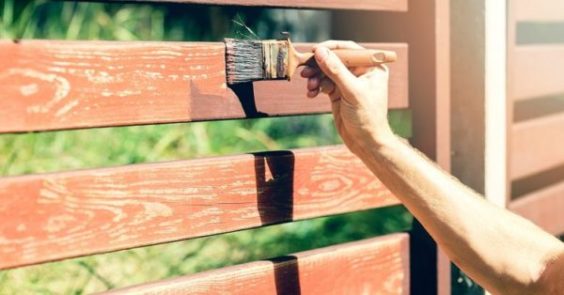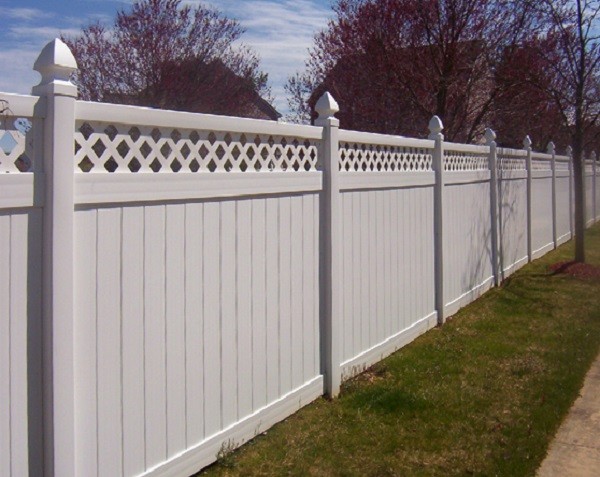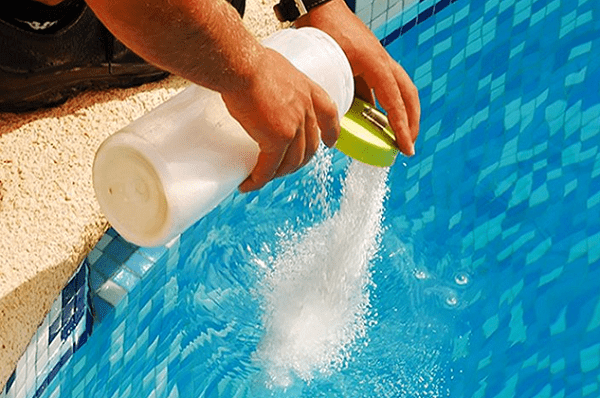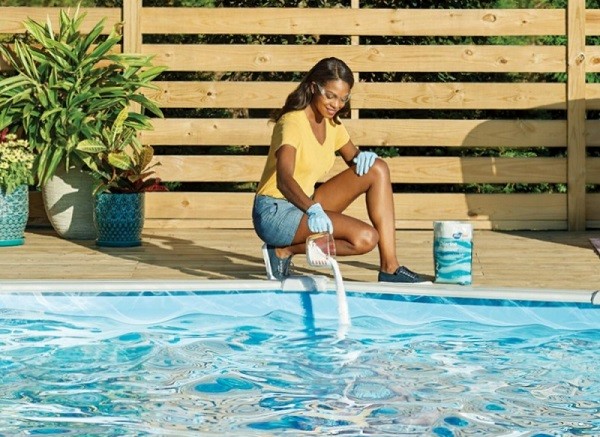There will come a moment when a homeowner wants to update their kitchen to become more stylish by whether changing the layout, recoloring the wall, changing the old furniture to a new one, and other ways. Some homeowners will prefer to hire a professional to help but for some others, they would love to do it by themselves. When it comes to a kitchen, there’s a lot of stuff to do if you’re planning to remodel or just simply changing the furniture like cabinetries.
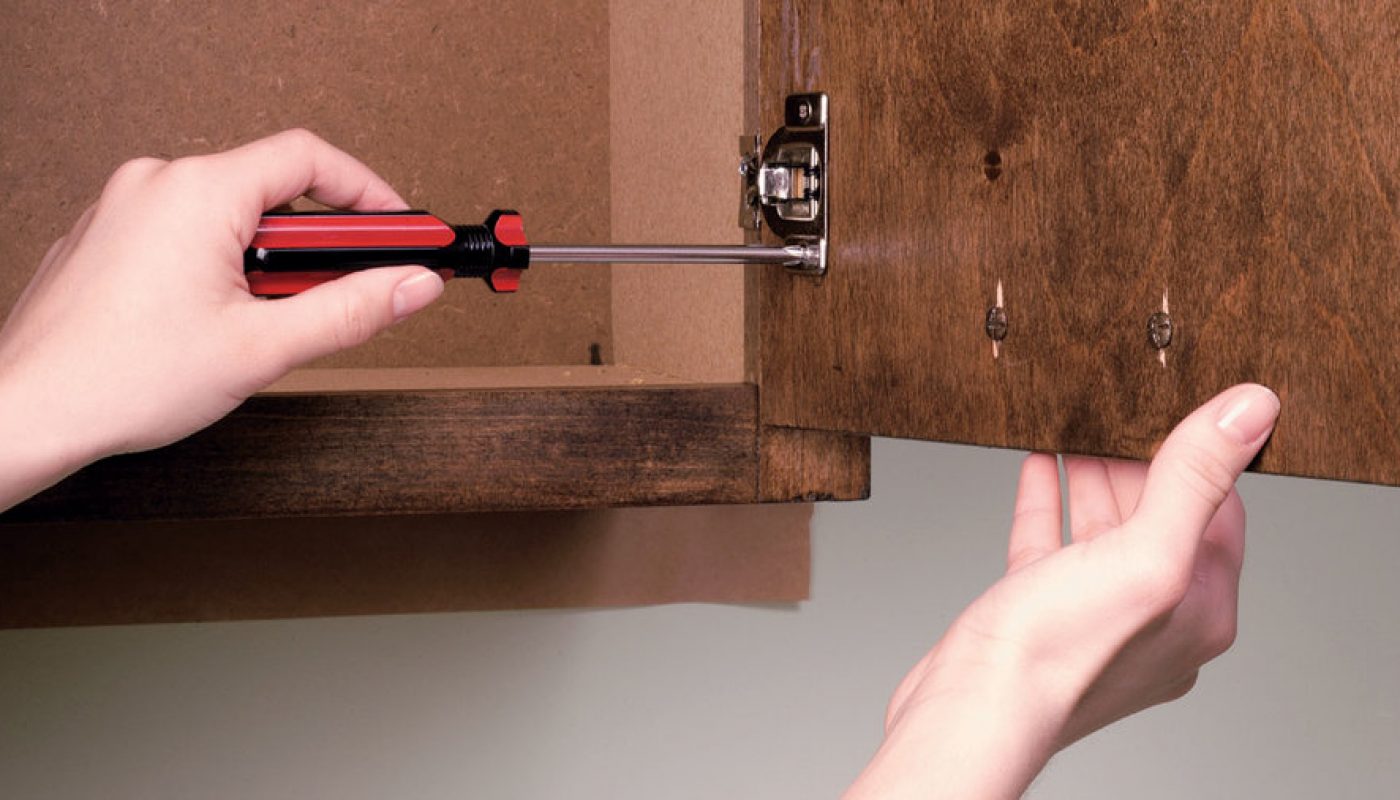
Cabinetries are one of the essential features that you can’t miss from a kitchen. It’s where you will store and organize your food stocks, kitchenware, tableware, and cutleries. Whether you’re planning to remodel your kitchen layout or changing your old cabinets, you have to detach the current one. If you love DIY work, this process might be helpful for you!
(You may also like this: How to Take Care of Your Yard: 14 Useful Lawn Mowing Tips)
How to Remove Kitchen Cabinets
Before detaching your current cabinetries, there are some tools and materials that you have to prepare so everything goes safely and smoothly.
- Safety gears (gloves, goggles)
- Drill or screwdriver
- Scrap wood (optional)
- Blankets, furniture pads, or thick sheets
1. Check Your Cabinet Type
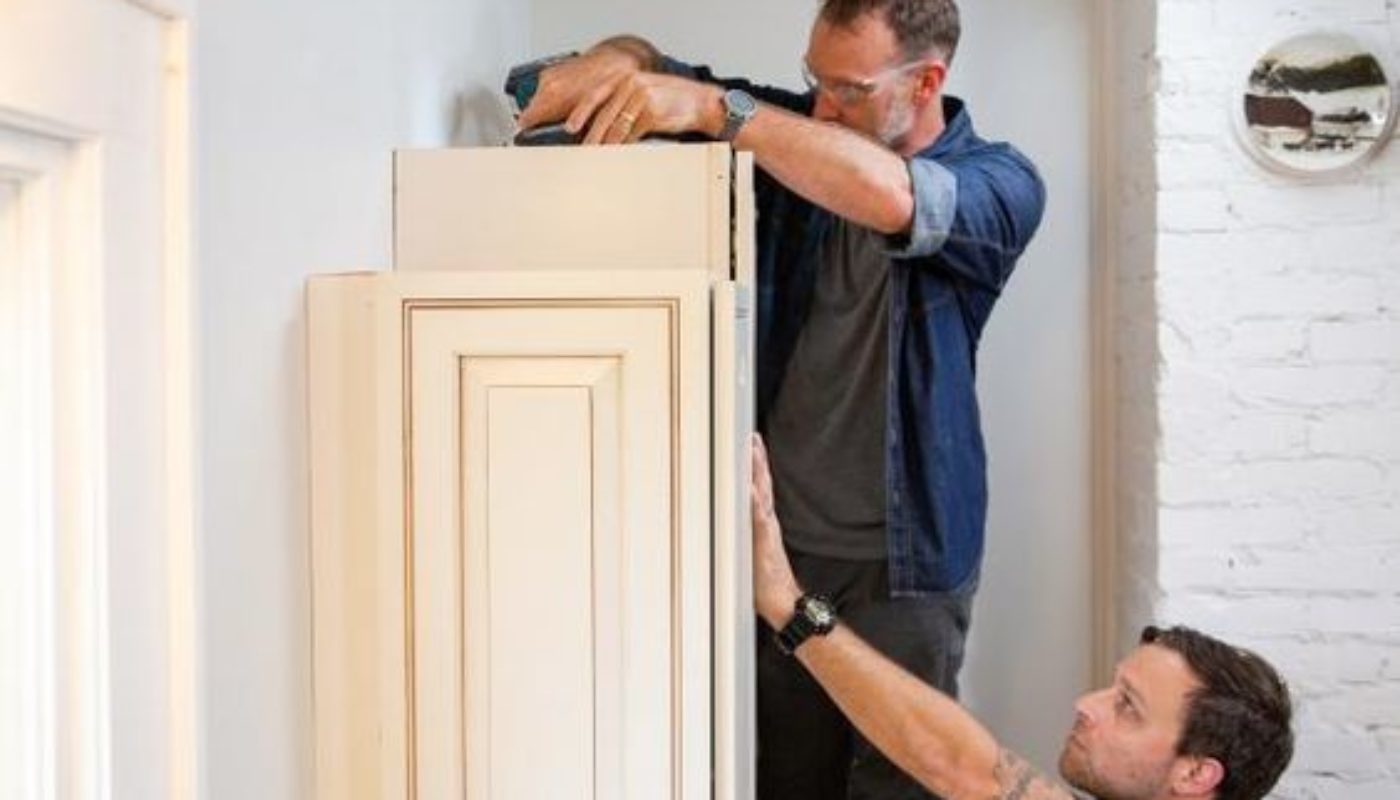
There are some cabinet types out there so you would want to check them first to make sure whether they are good to be re-used or not. The first one is a pre-fabricated type, which is the type that is usually good to re-use if you’re planning to hang it again once your kitchen remodels process is done. This type of cabinet usually has an installation style where it’s screwed through the back of each unit.
For the other types, it’s the unitized or built-in type that has the opposite characteristic as pre-fabricated. These cabinets are easy to detect because you will just have to see the back of them. Since it’s a built-in style, the wall becomes the base of the cabinets by using nails or glue during the installation process. Usually, this cabinet type can be found in an old house and is not really suitable to re-use. In this article, we will specifically talk about the pre-fabricated type for the wall cabinets.
(You may also like this: How to Remove Fence Post That is Rotten All by Yourself with Only 3 Steps)
2. What You Have to Prepare
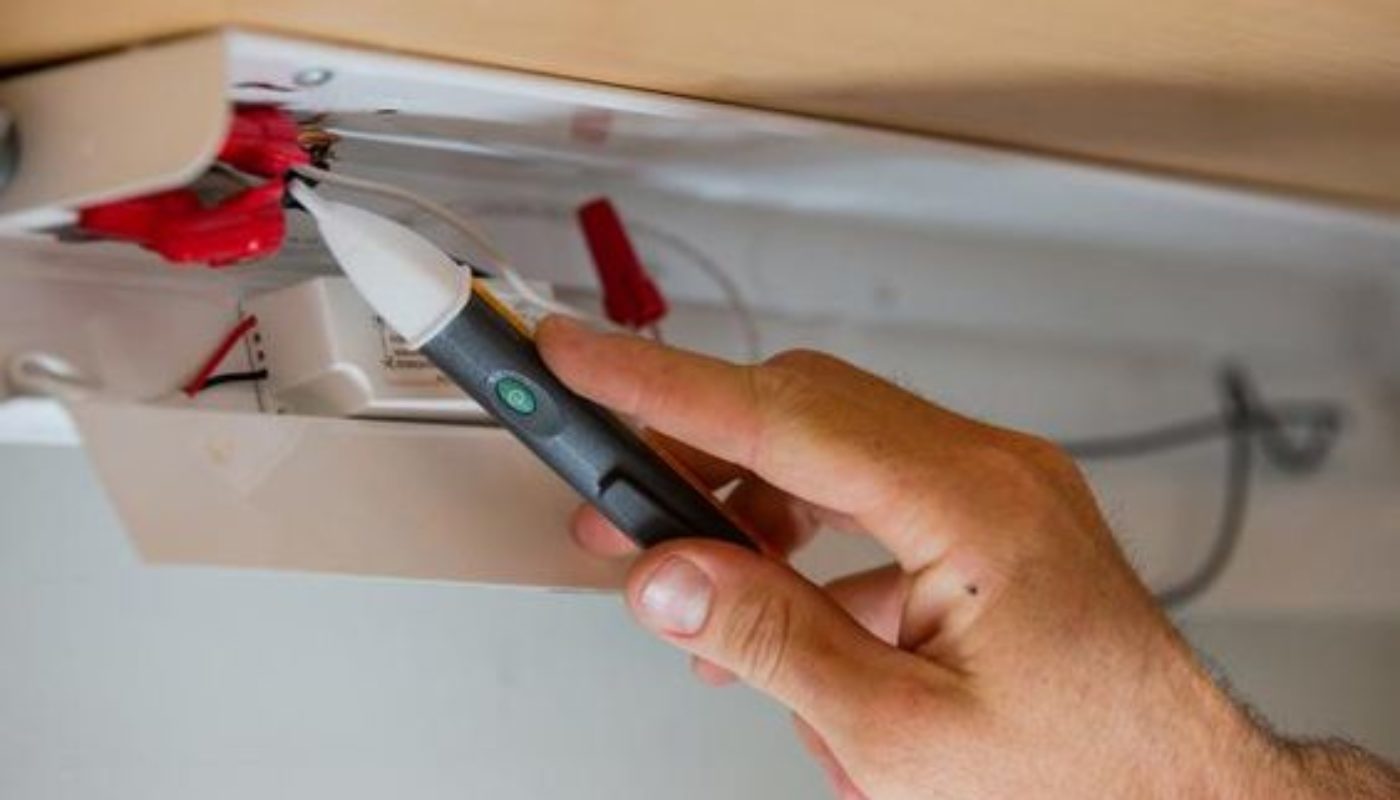
After identifying your cabinet type, you’re all set to move forward to the next step!
- Empty your cabinets from any kitchenware, tableware, and other stuff so they will not break and reduce extra weight. Please make sure that all the kitchenware is placed on a different spot, not around the cabinets you want to detach to prevent debris and dust.
- Please make sure that all electricity around the cabinets is disconnected.
- After ensuring some stuff above, cover the countertop with a thick sheet, furniture pads, or blankets so you don’t have to worry about scratches and unwanted damage.
- If you’re working on the project alone, you will need a scrap wood or wood block to support the cabinet while you’re removing them one by one. Again, the function of this support is to help you gain support, not the spot to drop all the cabinet’s weight on it.
(You may also like this: How to Install Electric Fence in the Garden with 8 Simple DIY Steps)
3. Start Detaching
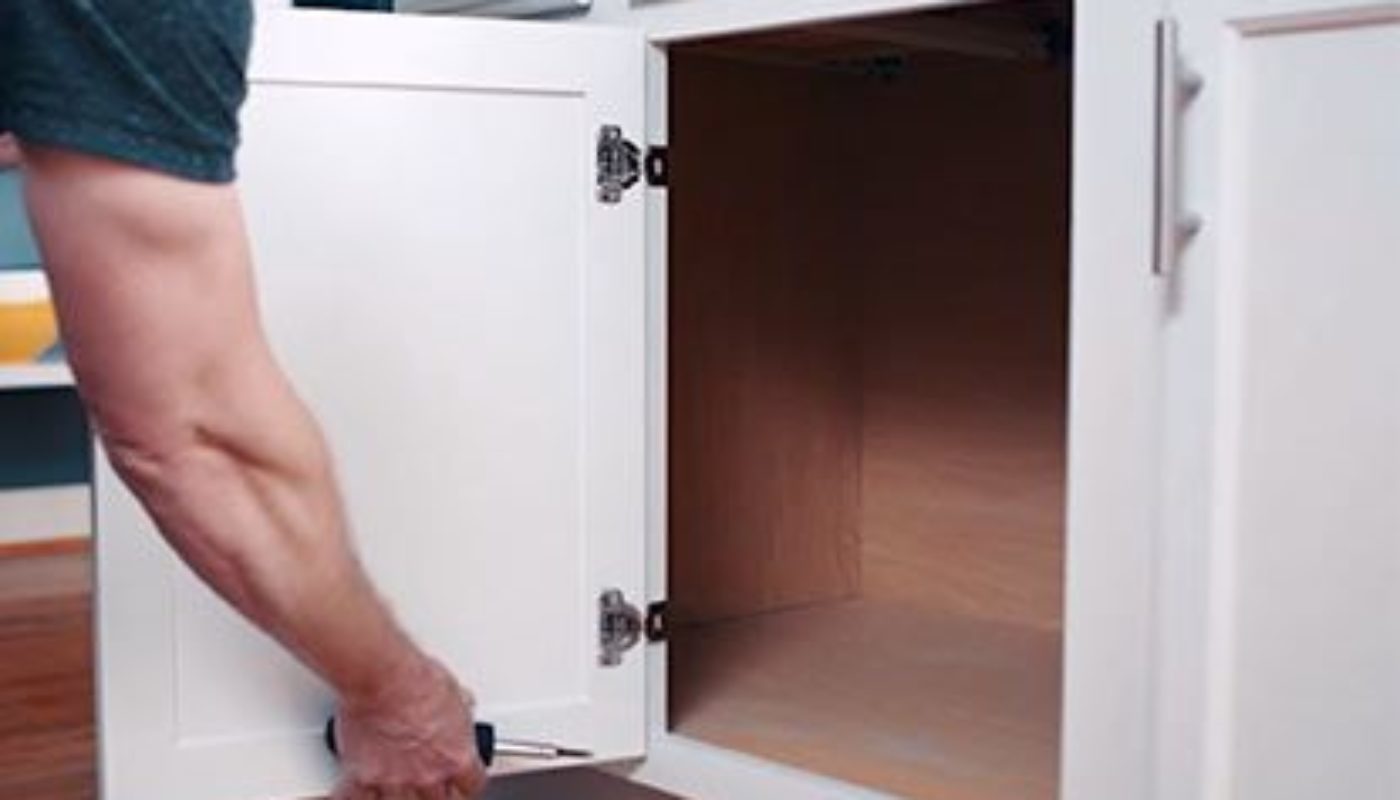
After making sure the surrounding is safe, it’s time to detach the cabinets one by one.
- Once the support is stable, start detaching the door by using a drill or screwdriver to remove screws from the hinges.
- Next is to remove the shelves. Since the doors are completely detached, you have more space to remove the shelves and remove more weight. In most cabinet types, the shelves are easy to remove by lifting them from the support.
- Now detach the screws that hold cabinet units together. Use a drill or screwdriver to remove them one by one and make sure to hold the cabinet tightly when you’re on the last screw. This prevents cabinets from falling to the countertop.
- Last but not least, remove the screw that holds the cabinets and the wall. It’s usually on the back or in the corner of the cabinet. Again, please make sure to hold the cabinet tightly on your last screw.
- Now, the cabinets should be easy to remove by lifting them towards you. You can try all the steps for the rest of the other units.
(You may also like this: How to Clear a Cloudy Pool with Baking Soda with Only 4 Steps)
It’s always fun to do a DIY project for your home improvement and we hope that these quick guides might help you!
